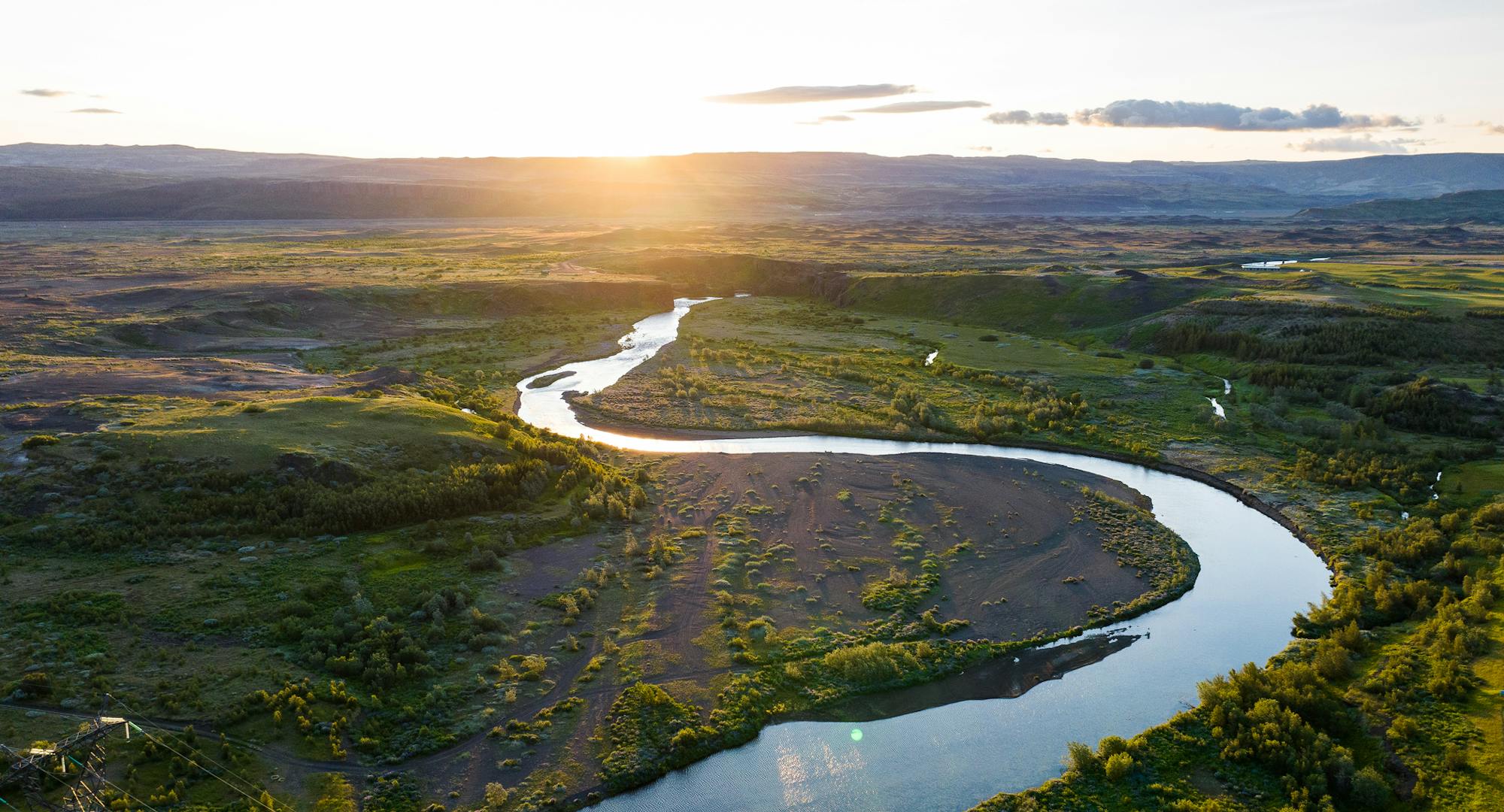We will reduce direct emissions from the Company’s operations by 50% in 2025, with 2008 as the base year, e.g., by reducing emissions from geothermal power stations.
However, this does not suffice if indirect emissions, i.e., from suppliers, consultants, or other service providers, remain the same. Therefore, we make precise requirements to parties that we have business with to reduce their carbon footprint and support them. Landsvirkjun applies internal carbon prices to aid in decision-making, as well as seeking every possible means to reduce the carbon footprint of construction projects.
Internal Carbon Price
Our primary decision-making tool is the internal carbon price. This equates to emissions – or the future cost of emissions – factored into all more significant financial decisions, from procurement of operational goods to options for new power stations.
Constructions
The carbon footprint from construction can be reduced with improved design and specific measures for each project. Thus, in new construction and maintenance projects, the carbon footprint is increasingly becoming more significant.


